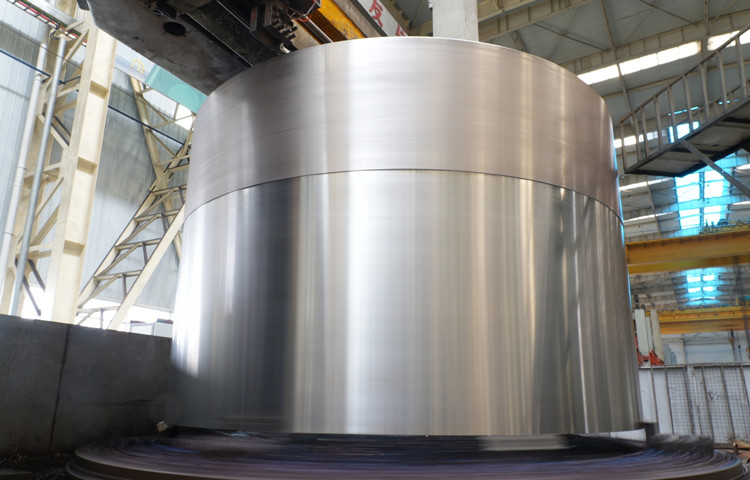- tyler@kirail.com
- +86 15603721115
In order to ensure that the quality of forgings meets the design requirements and usage indicators, forgings (blanks, semi-finished products and finished products) must be inspected for quality.
The contents of forging quality inspection include: chemical composition inspection, appearance and size inspection, macroscopic structure inspection, microscopic structure inspection, mechanical property inspection, residual stress inspection and ultrasonic flaw detection.

1. Chemical composition inspection
Chemical composition inspection Generally, forgings are not subject to chemical composition inspection, and the chemical composition is based on the sampling analysis of the smelting furnace. However, for important or suspicious forgings, some chips can be cut from the forgings and their chemical composition can be detected by chemical analysis or spectral analysis.
2. Appearance and size inspection
Appearance size inspection uses visual inspection, templates or markings to check the surface defects, shape errors and dimensions of forgings to determine whether the forgings can be machined.
3. Macroscopic structure inspection
Macroscopic structure inspection, also known as low-power inspection, is to use the naked eye or a magnifying glass of no more than 10 times to inspect the macroscopic structure of the surface or cross-section of the forging. The main methods are: sulfur printing, hot acid immersion, cold acid immersion and fracture inspection.
4. Microstructure inspection
Microstructure inspection is metallographic inspection, which is to observe, identify and analyze the microstructure state and distribution of forgings under an optical microscope to help understand the relationship between microstructure and forging performance.
5. Mechanical property inspection
Mechanical property inspection checks the general mechanical properties of forgings, including checking hardness, measuring strength indexes, plasticity indexes, toughness indexes, etc. For some important forgings, in order to understand their performance under continuous load and their ability to withstand reciprocating loads, durability, creep and fatigue tests should also be carried out.
6. Residual stress inspection
During the production process of forgings, internal stress will be generated due to uneven deformation, uneven temperature, uneven phase change, etc., and the stress remaining in the forgings is residual stress. When there is too much residual stress inside the forging, the workpiece will be deformed during the processing due to the loss of balance of residual stress, affecting assembly. During use, the superposition of residual stress and working stress will cause zero failure and damage the entire machine. Therefore, the technical conditions of some important forgings, such as generator retaining rings, stipulate that the residual stress shall not exceed 20% of the yield strength.
Final summary
Among the above quality inspection items, forgings that fail to meet the inspection items such as appearance, low power, and flaw detection shall be scrapped. If the mechanical property inspection items fail, they can be reworked. If they still fail, they need to be repaired and reheat treated. For general forgings, one or several forgings can be selected from the same batch or the same furnace for inspection. For important forgings, such as power station equipment forgings, large crankshafts, high-pressure vessels, etc., they should be inspected one by one. The inspection items of these forgings should be based on the technical conditions.